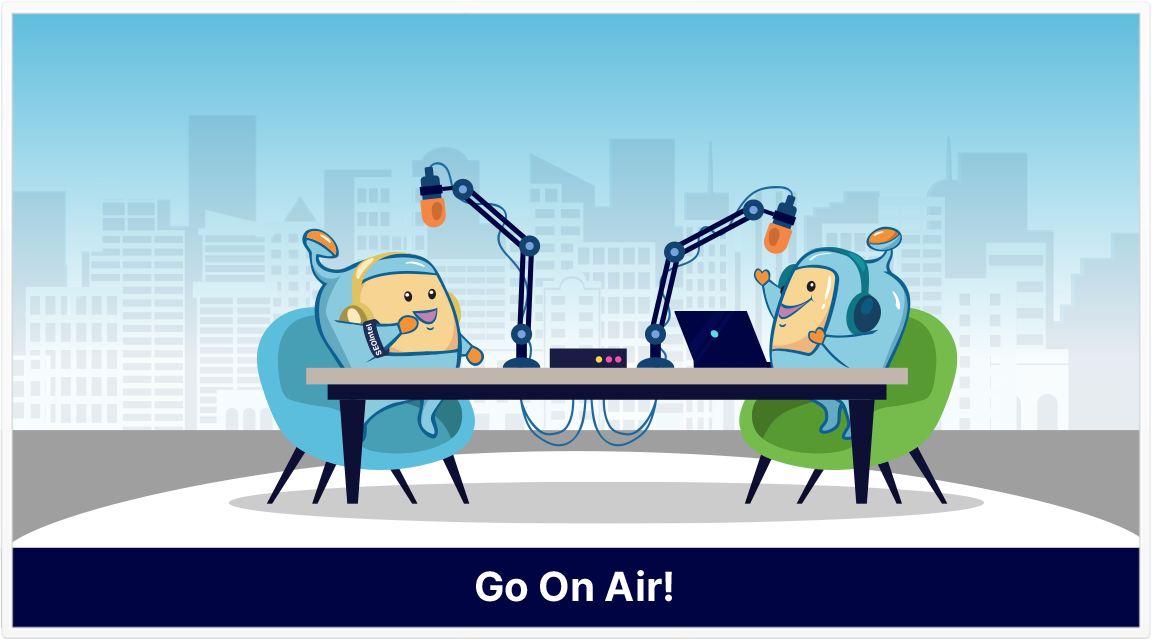
Do you listen to podcasts on Spotify, Google Podcasts, Apple Podcasts, etc.? Curious about how to make a podcast and interested in getting started? You came to the right place.
Curious about how to make podcasts just like what you’re listening from Google Podcasts, Apple Podcasts, and even on Spotify?
In this beginner’s guide to podcasting, we talk about what podcasting is, how to get started, hardware, tools, software to use, how to establish your listener base, basically everything that you need to know in beginning your own podcast channel.
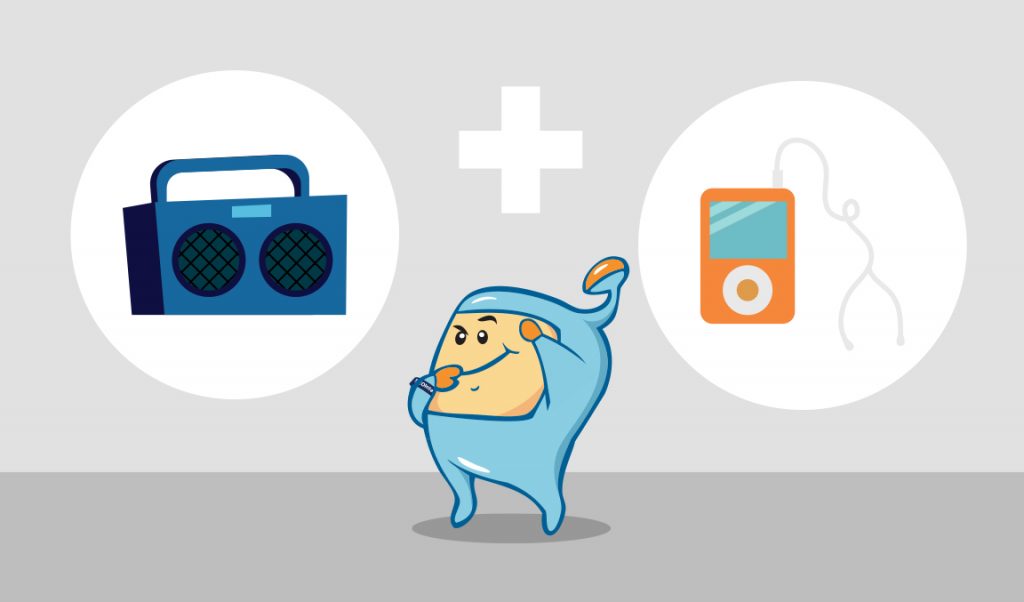
By definition, podcasting is the preparation and distribution of audio files to subscribed users or a listener base. These files are then uploaded to streaming services (such as Apple Podcasts, Google and Spotify) where users can listen to them on their smartphones or digital music and multimedia players such as an iPod.
Podcasts are usually released in a series of episodes that listeners can listen to.
Even a digital audio file, like when you just hit your record button on your phone (yes, your phone can be one of the podcasting tools) then save it as an MP3 file, can be easily converted into a podcast. You can then upload the file in a podcast platform, and you’re good to go! It only takes a bit of time to produce it, depending on what type of podcast you would prefer to produce.
Podcasts can be hosted on or embedded in websites through a blog post, allowing them to be streamed or downloaded.
Podcasts are usually available as a collection of pre-recorded talk radio shows that users can download to their computers or mobile devices. Podcasters frequently release episodes on a regular basis but it depends on your podcast frequency, regularity could mean once or twice a week.
The nature of podcasting does not have a set format, length, or style. Podcasts may cover a variety of topics, like informative podcast, entertainment podcast, music podcast, or just a talk show that talks about anything under the sun but with each episode usually focusing on a single topic or story. An experienced podcaster improvises, while others can also read from a script.
The cultural environment that supports podcasting is known as the podosphere, just as the cultural environment that supports blogging is known as the blogosphere.
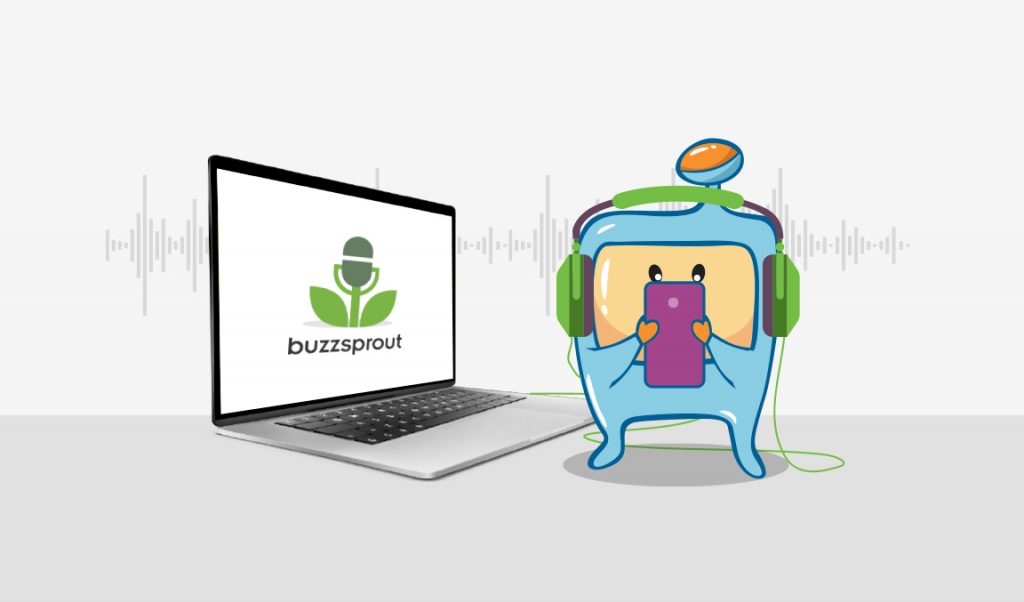
Podcasting is a convenient medium for both listeners and podcast makers. Podcasters or a podcast maker who want to start their own show have several options for publishing their work. In contrast to traditional radio stations and television networks which are frequently subject to regulations and approvals, several podcasting platforms allow for self-publishing – yes, your podcasts, your rules.
Podcasts are available through podcasting apps, such as Spotify, Stitcher, iTunes, Google Podcasts, and Apple Podcasts (the podcast app that comes with iOS).
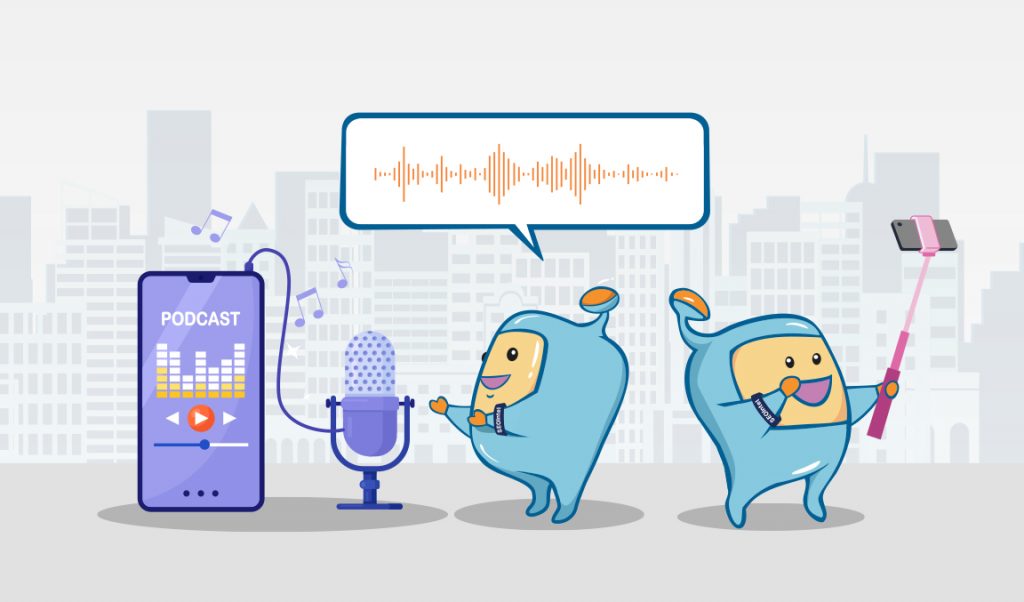
A podcast is similar to an on-demand internet radio show for listeners. You can listen to podcast episodes using a podcast app or subscribe to podcasts online via an RSS feed (Rich Site Summary or Really Simple Syndication). Each time a new episode is released, podcast subscribers are notified. The majority of smartphones, including iPhones and Android phones, include a media player that allows you to subscribe to podcasts and stream or download podcast episodes.
We have discussed the foundation of podcasting, next, we’ll talk about the podcasting process, podcasting hardware, your podcast channel, and the recording software that you can use as a podcast maker.
We’ll also talk about podcast channels, the different podcast formats (informative podcast, entertainment, or talk show), extra equipment that you could use, what huge libraries are for, podcast guide, production time, transcript in post, remote calls, podcast sound, the ideal choice for your podcast frequency to be able to grow as a podcast channel and get binge listeners, and popular options that you can use.
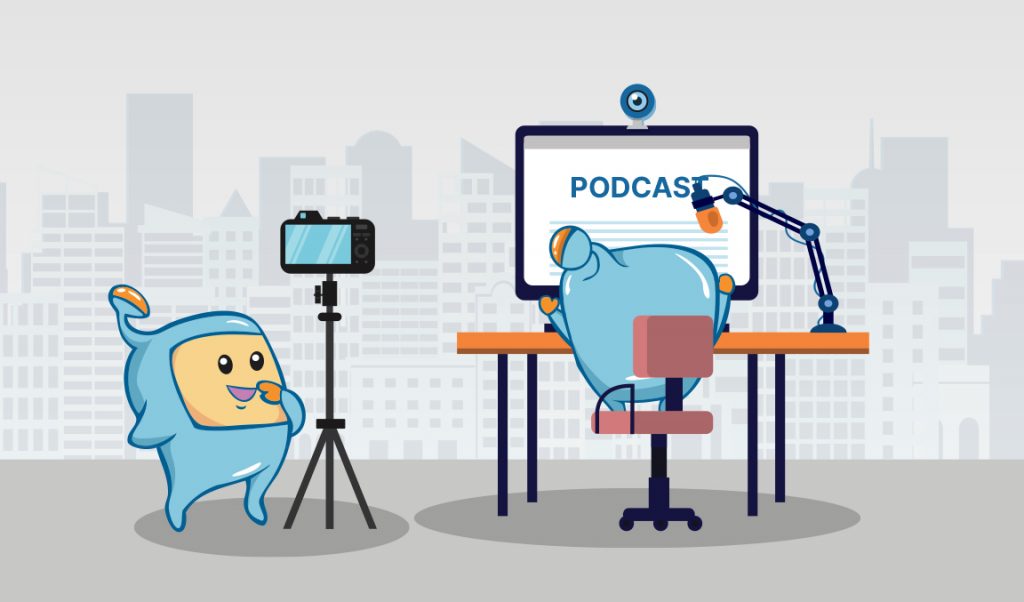
Here is a checklist of how to get started with podcasting that can help guide you through the whole process.
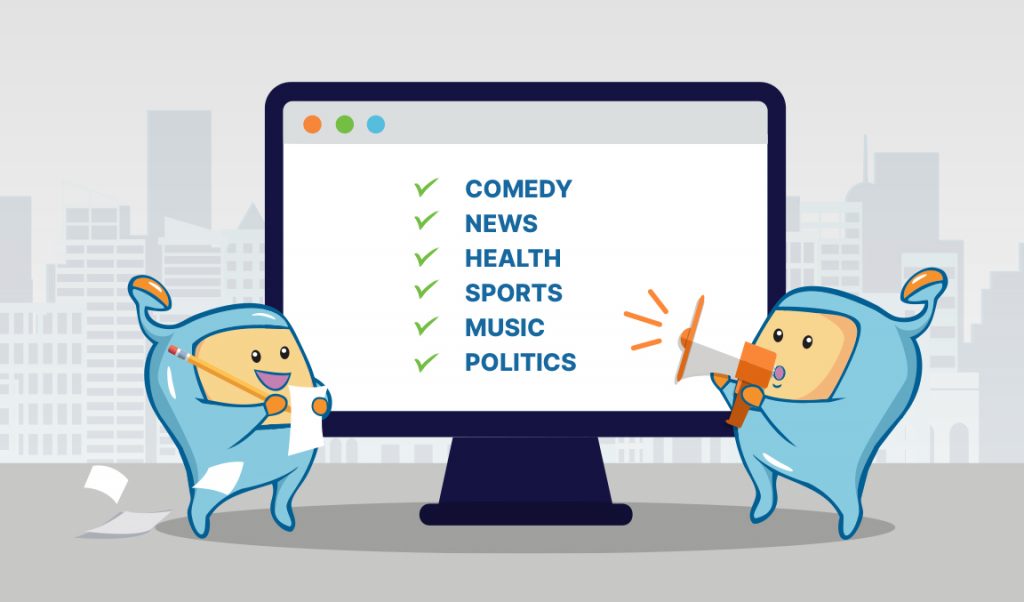
This is the first thing you need to consider upon creating a podcast. You can create unique topics if you want or you can use common topics but come up with how you will be able to make it different from others.
If you’re doing it for business, then you can pick topics related to your business. Let’s say your business is yoga, then you can create topics like how to get started with practicing yoga, different breathing patterns, guided meditations, etc.
Choose a podcast topic that is relevant to your interests and abilities, and make a list of your podcasting objectives.
Podcasters produce content for a variety of reasons, including brand awareness, audience engagement, and the dissemination of information about a topic that is important to them.
Investigate the best podcasts on your chosen topic. Listen to episodes, podcast music, audio podcast, read reviews, look at average episode lengths, its podcast frequency and learn more about the type of content that resonates with the subscriber base or binge listeners. As a podcast maker, it’s a must!
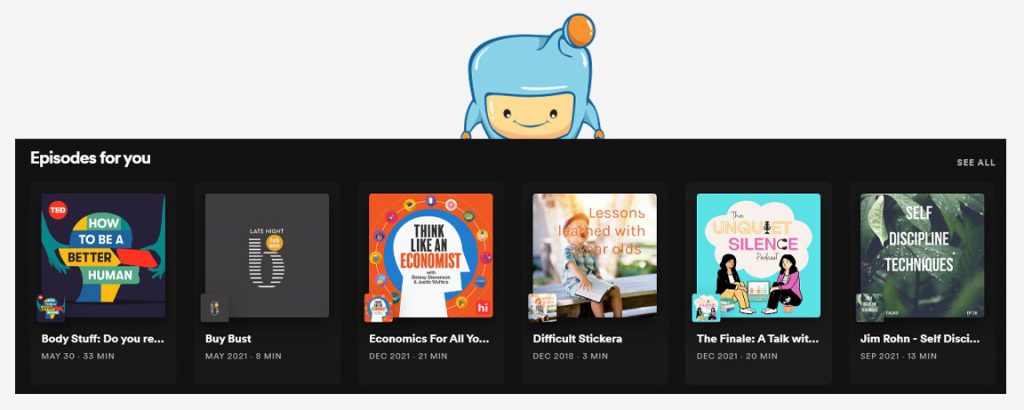
Podcasts are classified into several types, including interview talk shows, monologues, fiction, an informative podcast, and nonfiction narratives. Determine how many podcast episodes you want to create for your first season and how long each episode will be, podcast frequency should be observed and be consistent enough when it comes to your upload schedule. Choose whether you will be the sole podcast host or collaborate with a co-host.
If you decide to have a collaborative type podcast, then you may use platforms that allow you multiple participants and make remote calls with Google Hangouts, Skype, or Streamyard where collaborators or podcast guests can use their own computer or even just their own mobile phones, when podcasting.
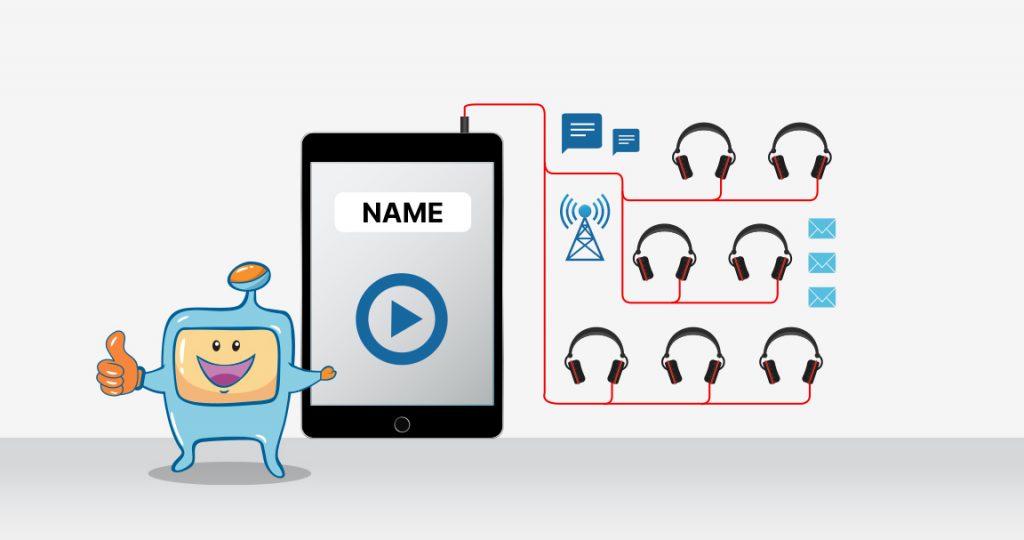
Choose a podcast channel name after you’ve established your format. Keep it simple and straightforward. Include important keywords that will improve search engine optimization (SEO) and help new listeners find your show based on the podcast’s name (you will need it for your blog post too). Also, prepare your podcast description since it will be asked once you start distributing it.
Note that this step will take a bit of time, especially if you’re not yet certain with your topic. The ideal choice is your expertise if it is personal, but if business-related, pick topics related to your business.
Make some show notes (add a transcript in your blog post, too), depending on the format of your podcast. Even if your podcast is in the form of a loose interview, a basic template of talking points can help keep the conversation on track.
Consider creating an intro that welcomes listeners to your show and an outro that includes a call to action for reviews and subscriptions.
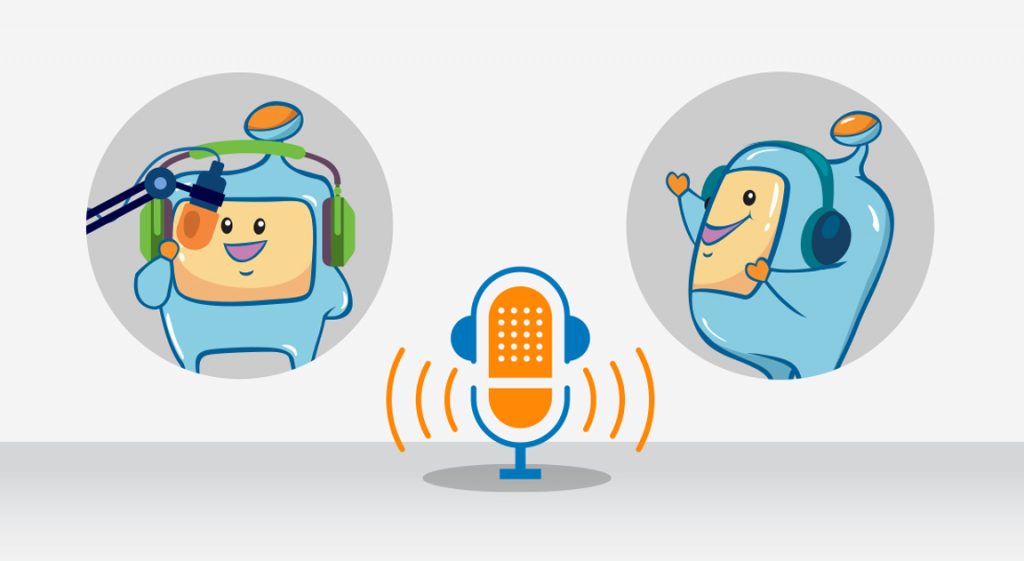
You’ll need a microphone, a pop filter, and headphones, among other things. Also prepare extra equipment like your mobile phone, sometimes you never know when equipment breakdowns happen and it is best to have alternatives, just in case.
To create your own audio content, you’ll also need access to audio recording and editing software or actual editing software for podcast sound, a huge library of sound effects, a laptop for podcasting that you can use, as well as a huge library of music.
There are several free audio editing programs available online that you could use, to get started.
Also, you would need to prepare software for your remote calls. If you decide to use your mobile phone and do a conference call, that’s fine as long as you’ll prepare extra equipment for recording the audio of your conversation.
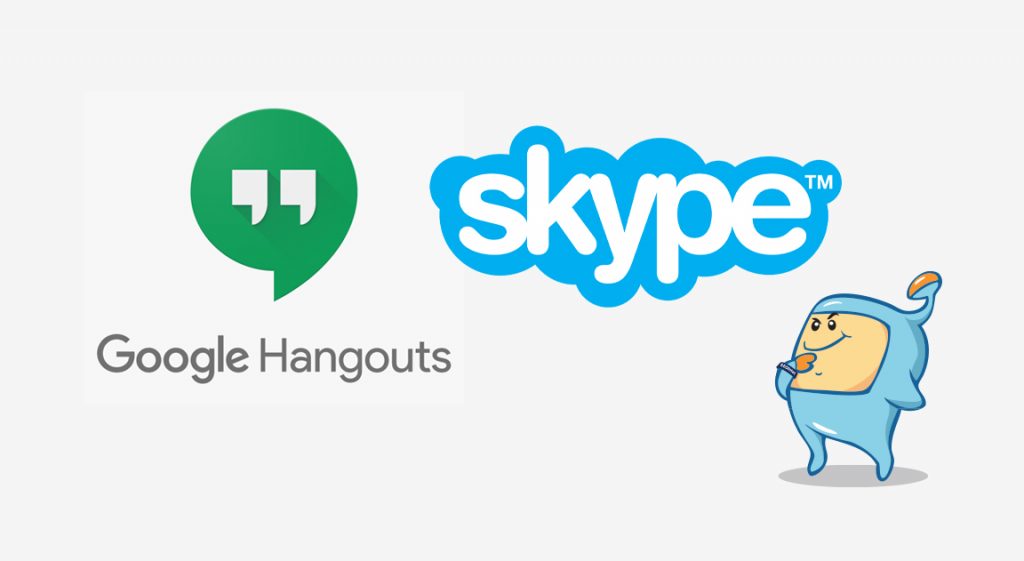
It may sound like there’s a lot of podcasting hardware and software you need to prepare before the actual podcasting process, but it will really depend on your level or definition of a quality podcast. But if we’re going to talk about the nature of podcasting, as long as you have an audio material, then you’re good to go, just proceed to the actual editing software for the editing of the audio.
Finally, you need a softwares to create attractive cover art. There are a lot of free softwares that have attractive cover art templates and podcast logo templates. You can try Canva which I think is the best choice for beginners.
You can also use Adobe Photoshop or Illustrator to create your own podcast logo templates if you decide to have several logos, especially for each season. This can also be shown on your blog post, and can serve as a preview.
Place your podcast recording equipment such as your podcast microphones or even just simple USB microphones in a quiet area of your home. Cushions, curtains, and carpeting absorb echoing reverberations, which can lower vocal audio quality.
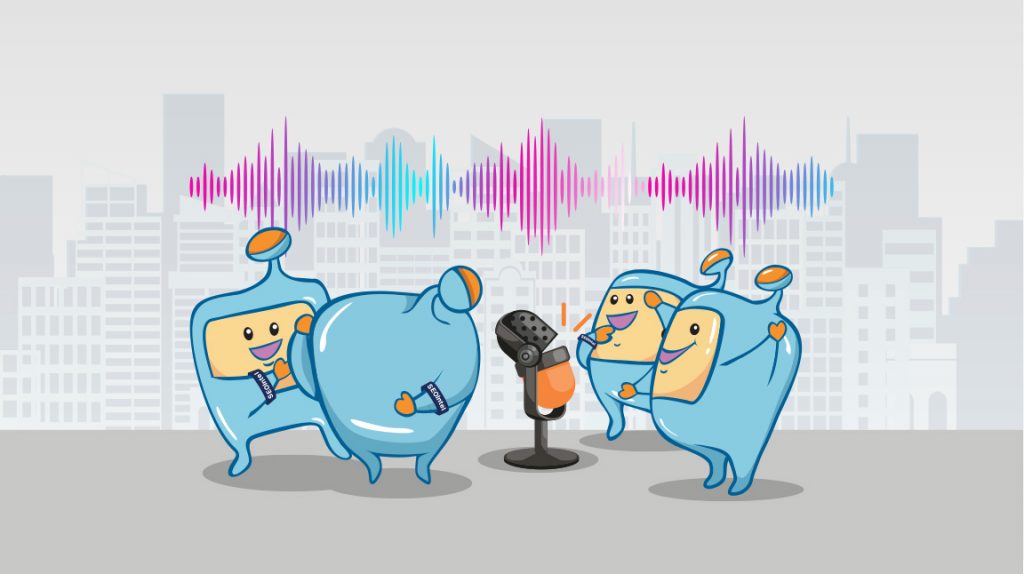
Begin recording your first episode using your show notes as a podcast guide. Be patient if you’re a new podcaster—getting comfortable behind a microphone can take some time. Have a glass of water nearby and take breaks as needed. It doesn’t need to be a straight recording, especially if you’re just doing it alone.
Remember to prepare your podcasting hardware or equipment ahead of time to have a smooth recording, editing, and file uploads later.
You may use softwares such as popular option Audacity or Band Lab to record your audio.
You can record as many episodes as you want, it’ll be productive if you plan to bulk file upload.
Begin by removing any unnecessary content. Edit out rambling sections to keep your podcast channel focused on your topic. Consider rearranging segments to make the episode’s narrative thread as clear as possible. Postproduction is the time to remove or correct any issues with sound quality that you notice during playback.
In this process, this is where you put sound effects or background music on your podcast. Note that podcast platforms such as Apple Podcasts is very sensitive when it comes to copyright issues, so you need to have a wide library of music and use royalty-free music to avoid claims and to be accepted by the said platform.
To edit audio, you can also use Audacity and Band Lab.
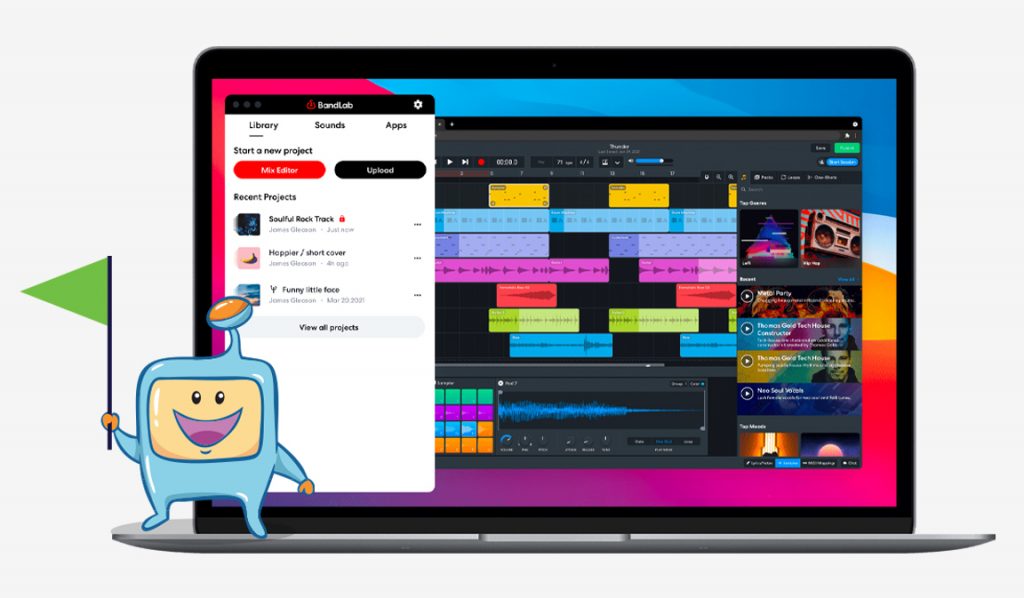
Write a brief description of your show that will also serve as your show description on your blog post. Including SEO keywords to help you show up in search results. Make simple cover art or hire a graphic designer to assist you. Save your cover image in the appropriate file size—podcast cover art can range from 1400×1400 pixels to 3000×3000 pixels.
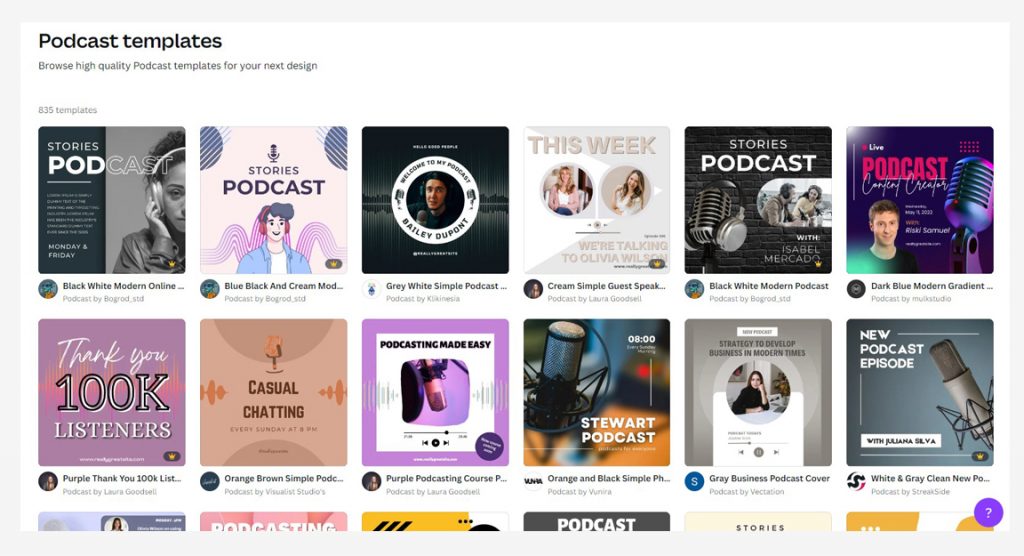
It’s time to upload! Podcast hosting services save your audio files and provide an RSS podcast feed that links to your podcast. Buzzsprout, Castos, and Anchor are a few popular podcast hosting services that you can use. I personally prefer Anchor which is powered by Spotify. I’m kind of having a hard time with Apple Podcasts as it takes time to get your podcast on air with them. But basically, it should not matter what your hosting service will be.
Submit your show to podcast directory such as Spotify, Apple Podcasts, Google Podcasts, and Stitcher using the RSS feed URL from your new podcast.
Make a podcast website or you can use your existing website and promote it on social media. This is the time where the transcript in post that you made will be in use.
Mention on your website where they can find you podcasts (Spotify, Apple Podcasts, Google Podcasts, and Stitcher), or you can just embed your podcast directly to your blog post, too.
Find and interact with members of online groups related to the topic of your podcast. Invite other podcasters who have similar interests to co-host an episode.
Stay consistent with your release schedule and be creative in how you reach out to potential podcast listeners (most listeners are in Spotify and Apple Podcasts). Above all, strive to consistently upload new episodes in order to expand your listener base.
Podcasting is easy once you have mastered its process and production. It also doesn’t need to be costly when it comes to the equipment to use. You can start with your phone if you just want to try it out and see how it fares, then later on, invest in equipment to produce better audio quality. Although audio quality is one of the factors to gain listeners, the most important thing in podcasting is your niche, your topic, and how you present it. Take a single step at a time, don’t rush things, sooner or later you might be the next Adam Curry.